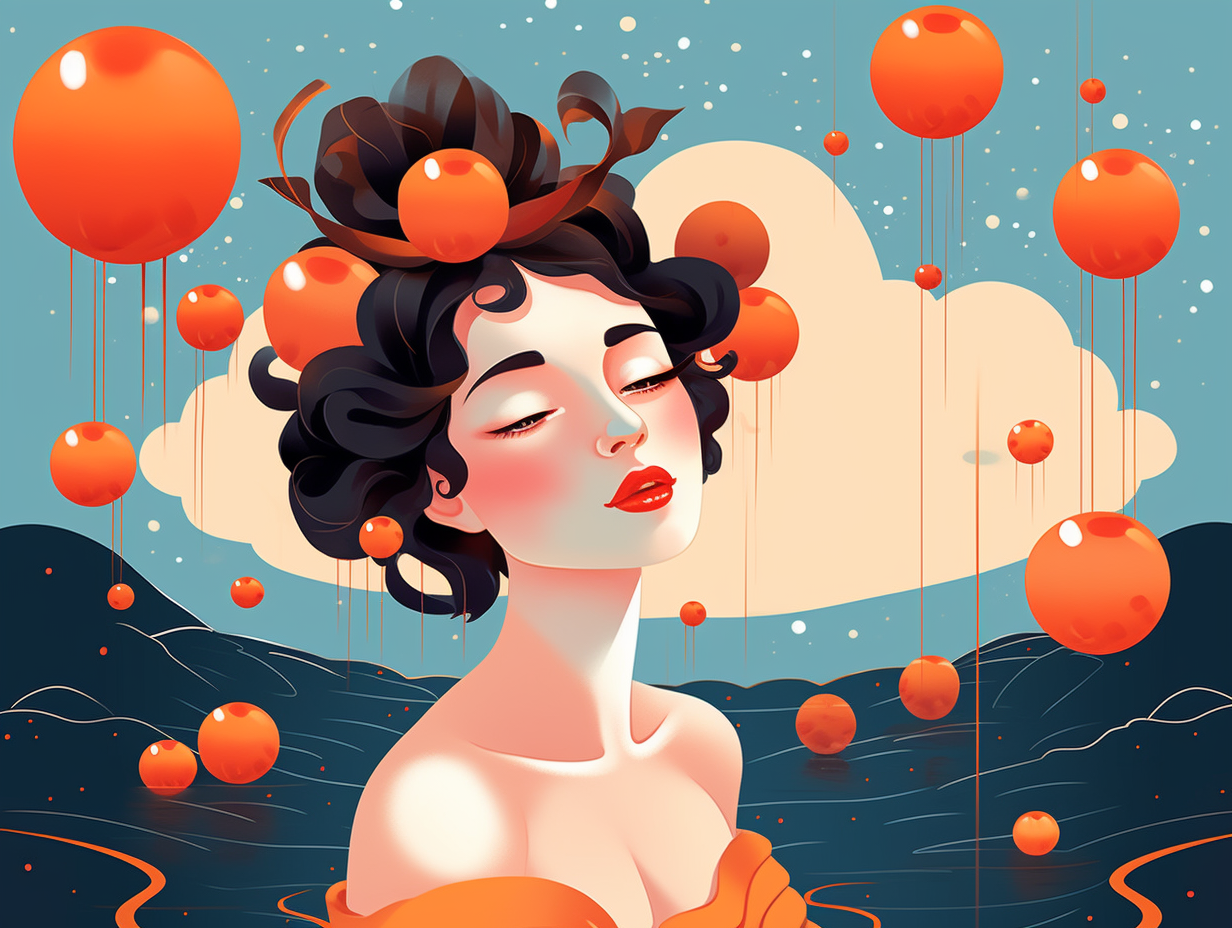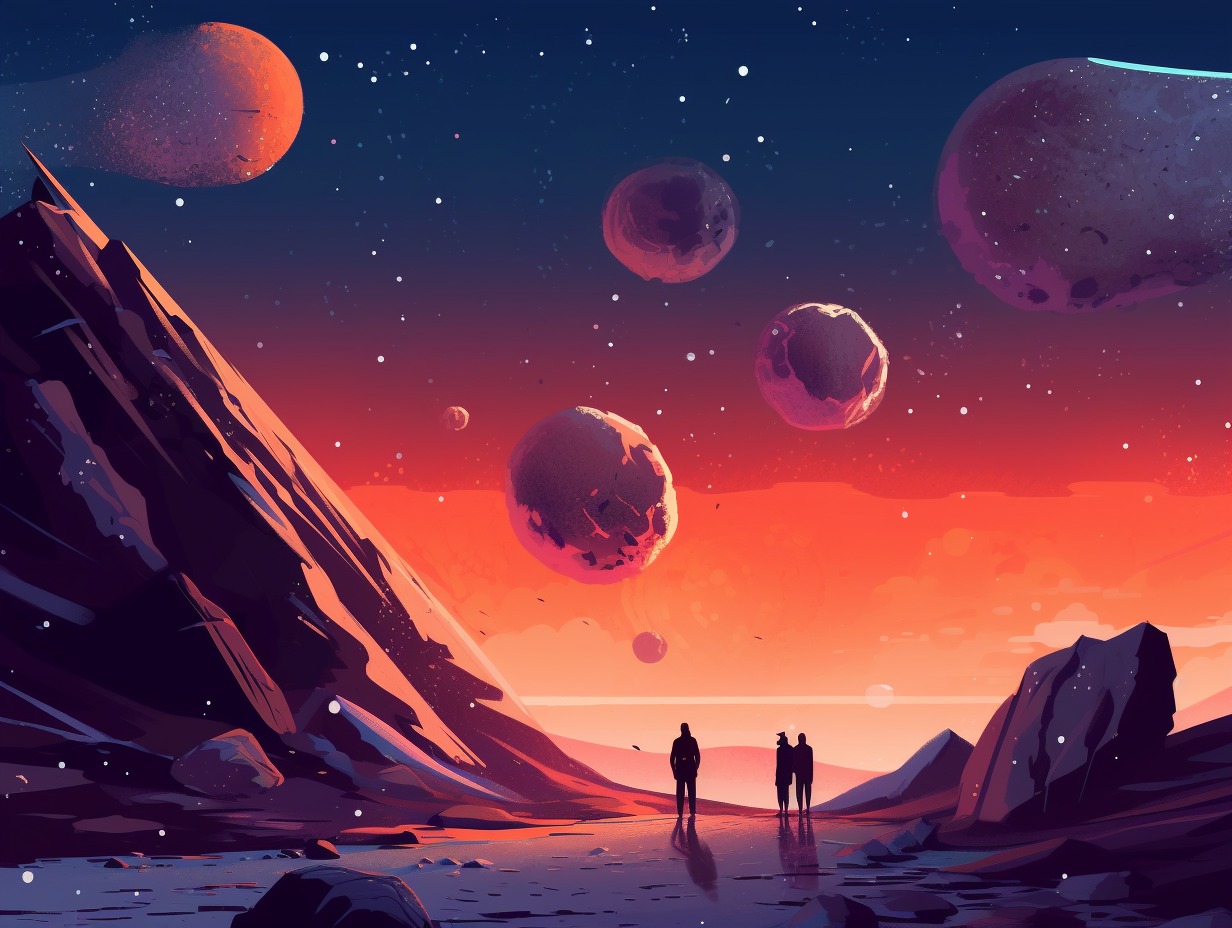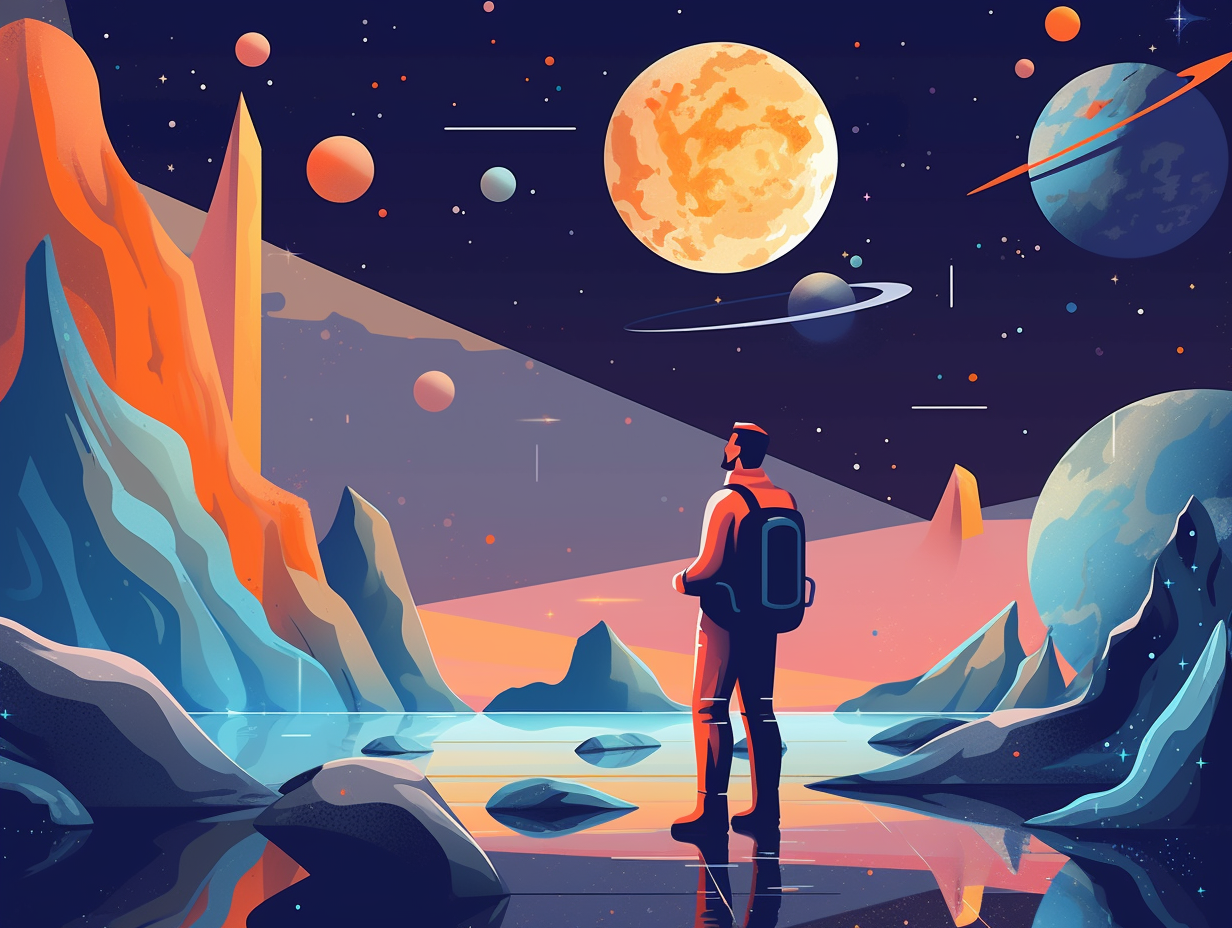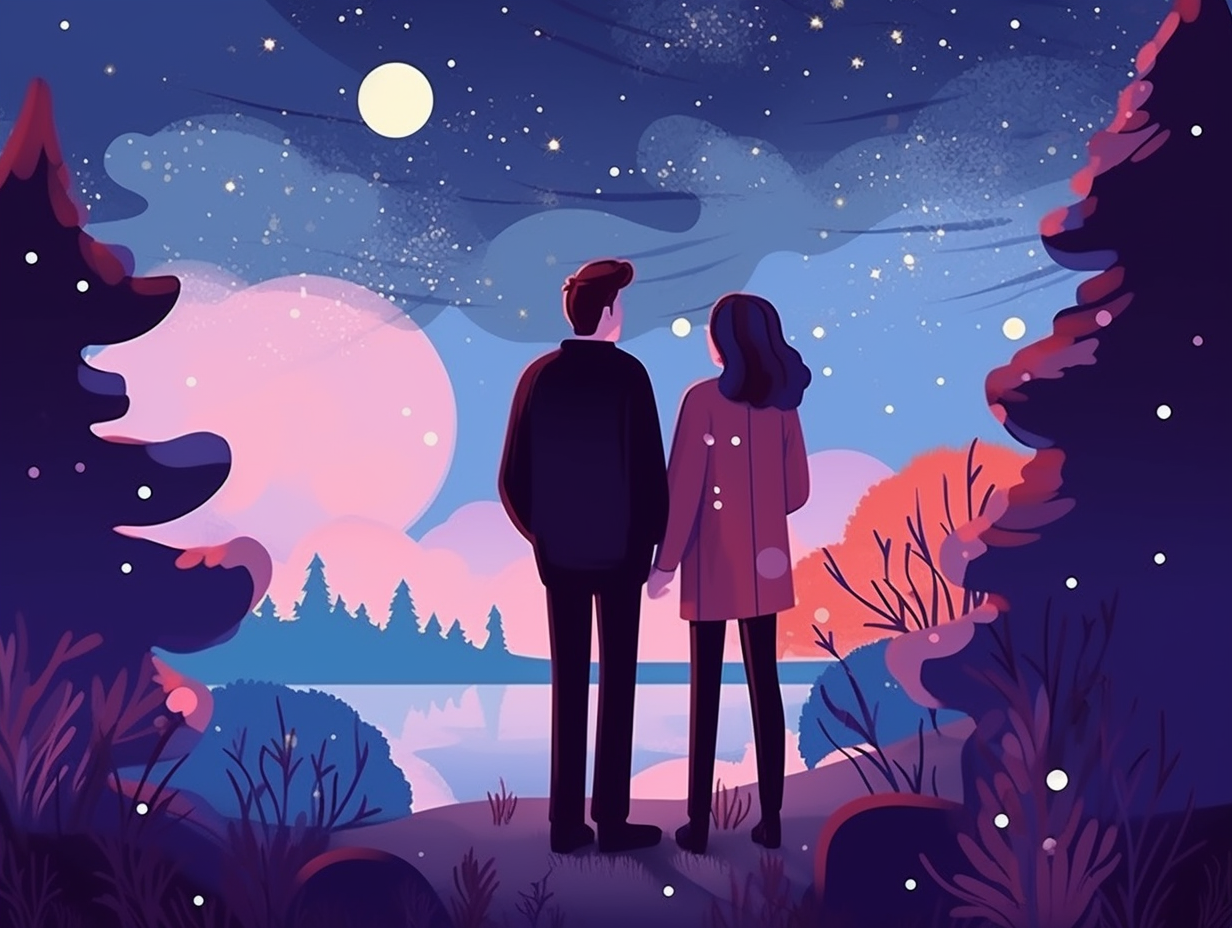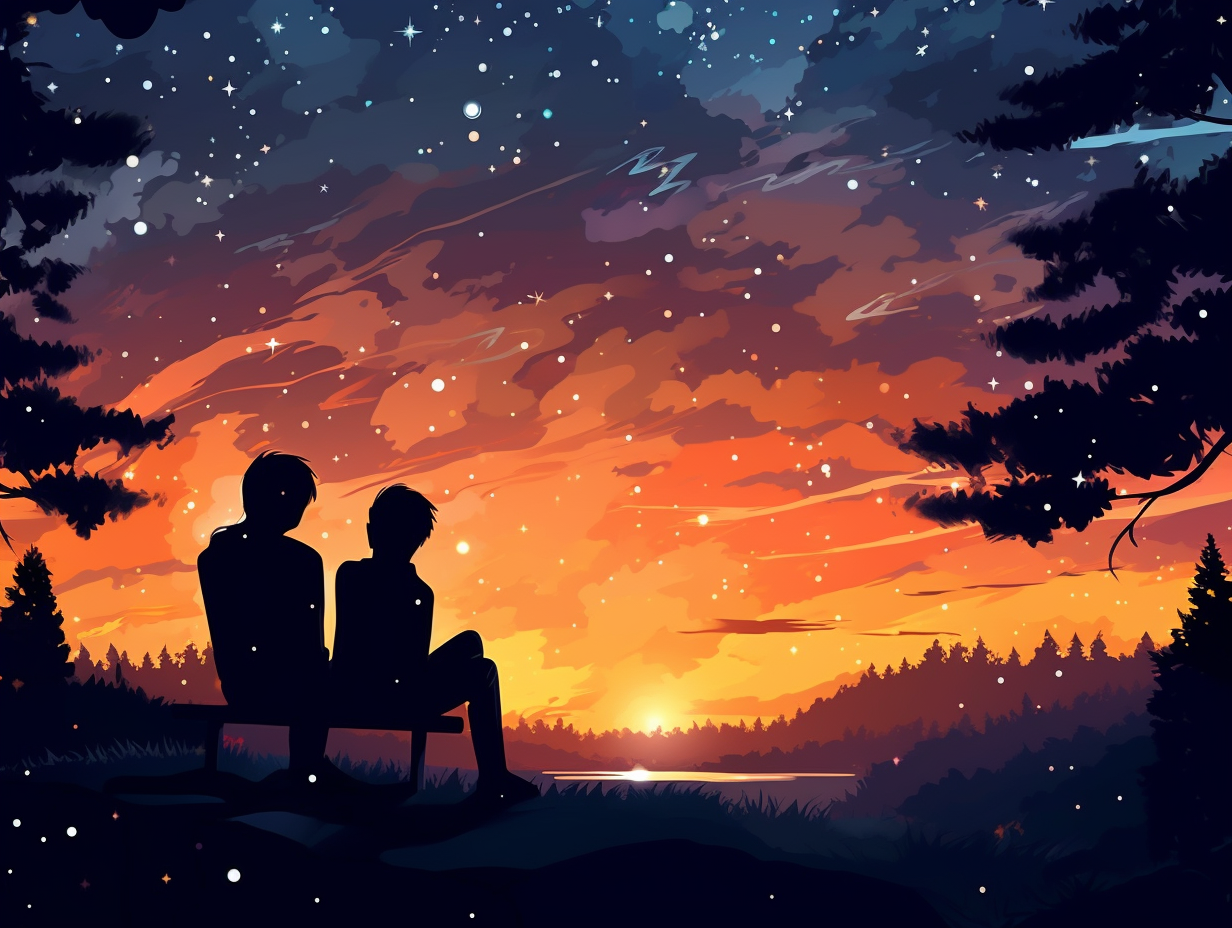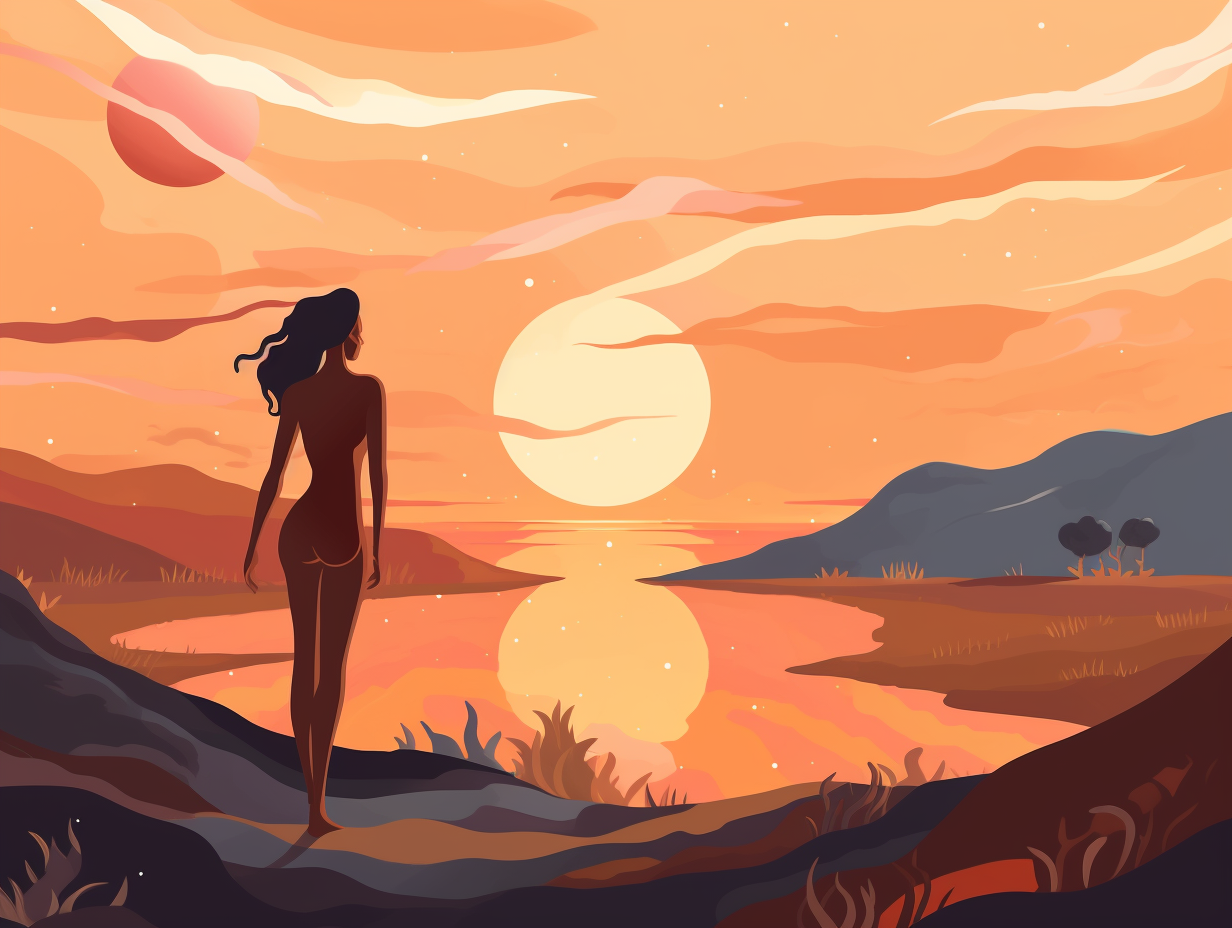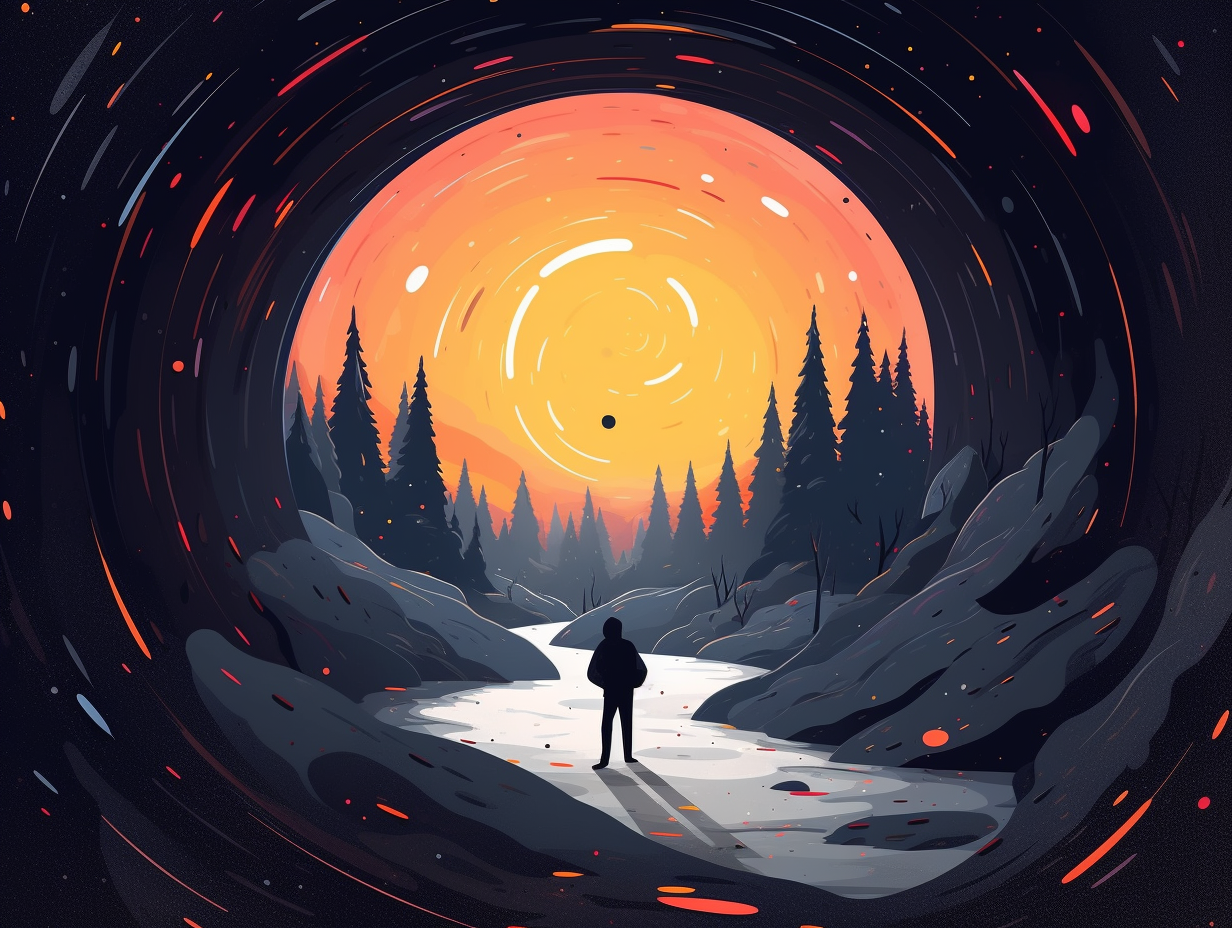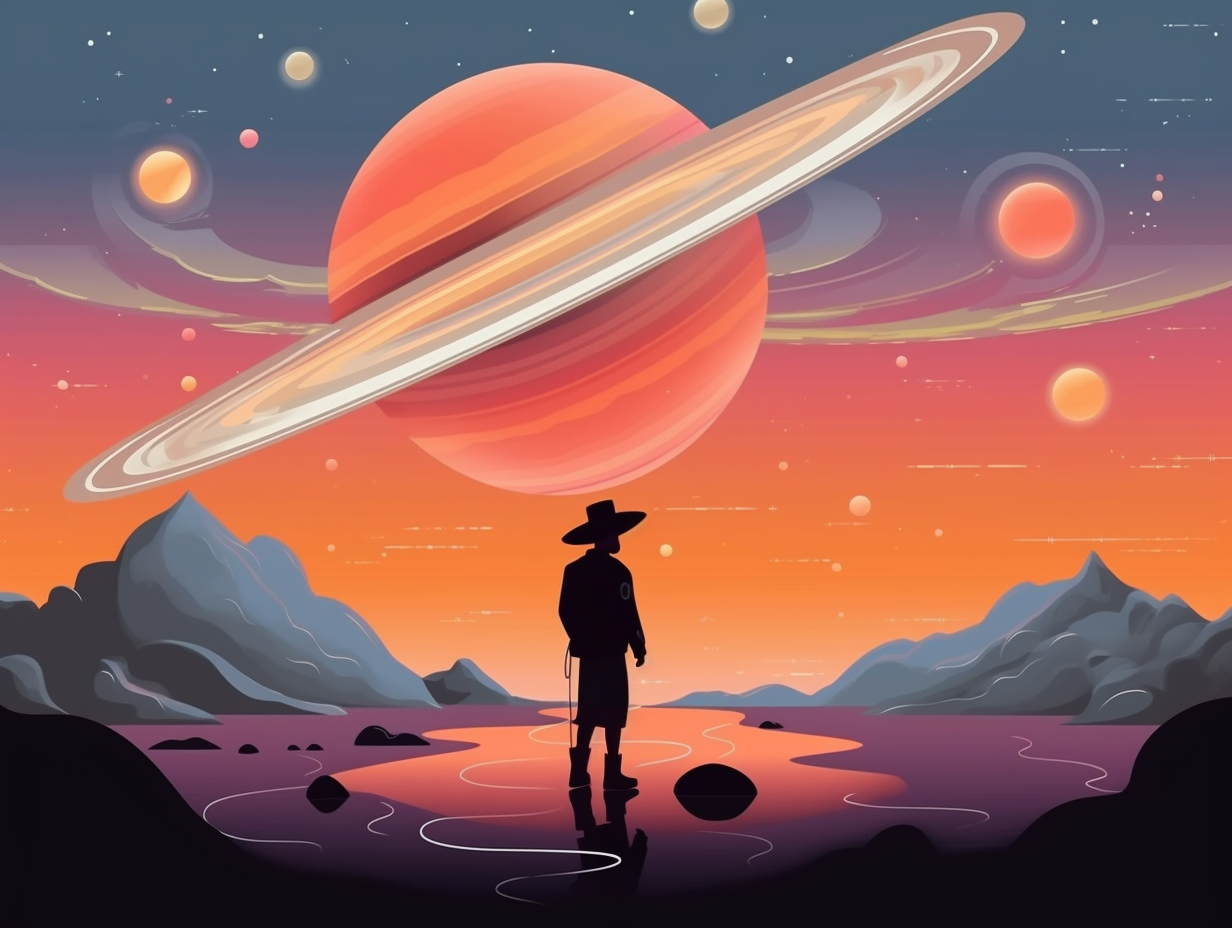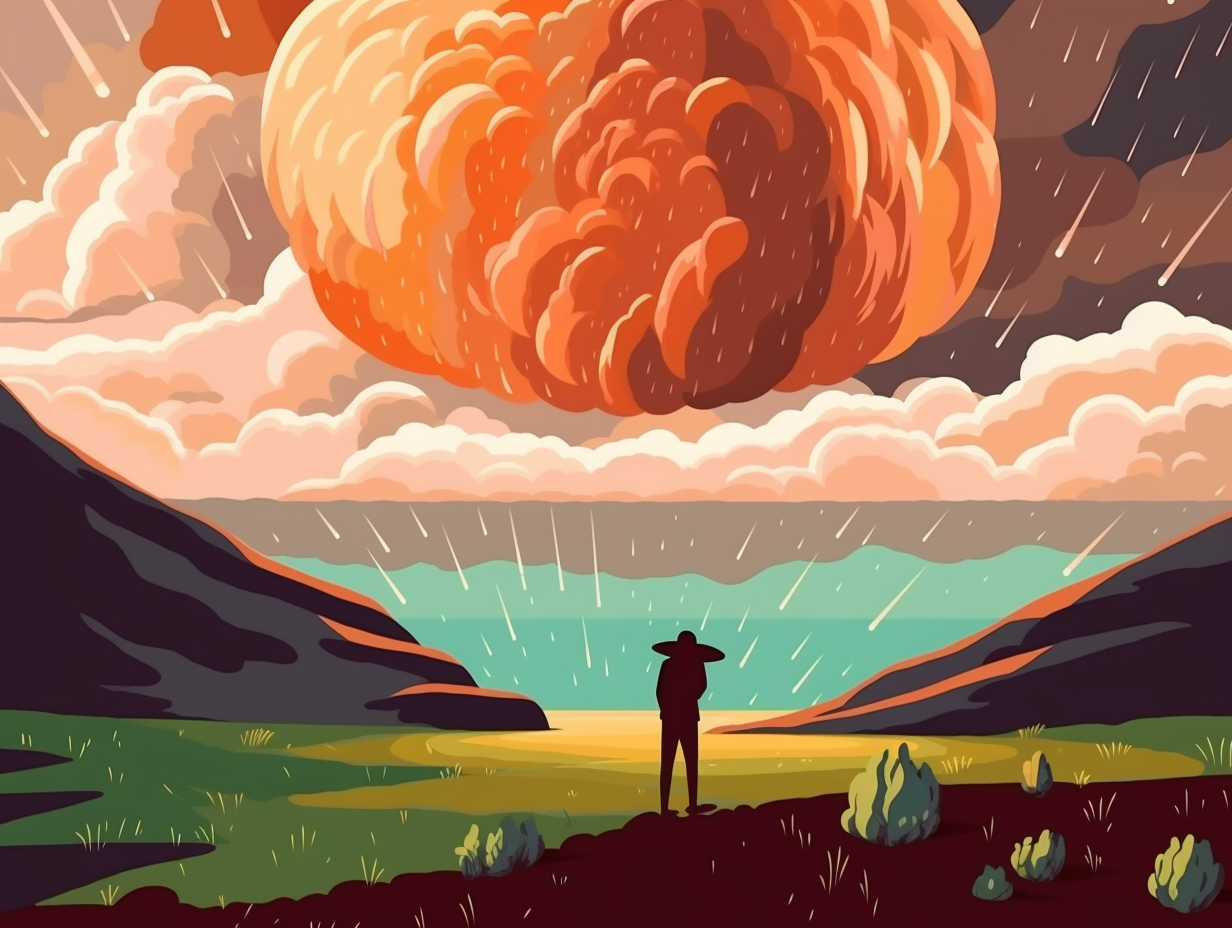Discover the Night Sky: 14 Amazing Fun Facts About Moon Phases You Need to Know!
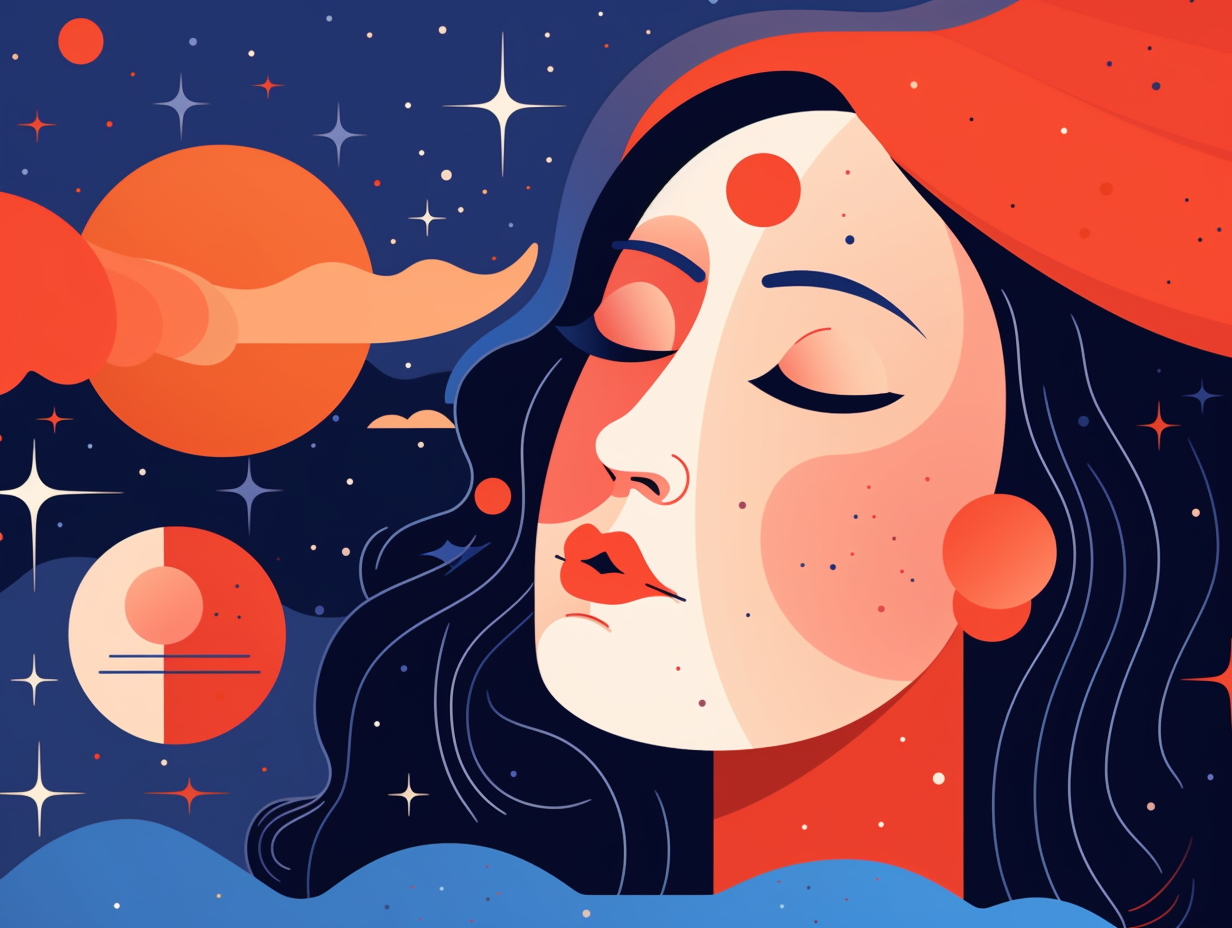
1. Blushing Red Lunar Eclipse
Why did the moon blush during the lunar eclipse? Because it was caught red-faced: During a total lunar eclipse, Earth's atmosphere bends sunlight, scattering shorter wavelengths and allowing longer red light to illuminate the Moon's surface. As the red light reflects back, you get a chance to witness the moon blushing in glorious shades of reddish-orange!
Source => lpi.usra.edu
2. Waxing Gibbous: Moon Photobomber
When the Moon plays peekaboo with the Sun and steals the limelight just like a cosmic version of a photobomber: the Waxing Gibbous phase shows off more than half of its illuminated self, incrementally growing its shiny display each day until it reveals its full majestic glory, making it prime time for stargazers and lunar paparazzi alike.
Source => aa.usno.navy.mil
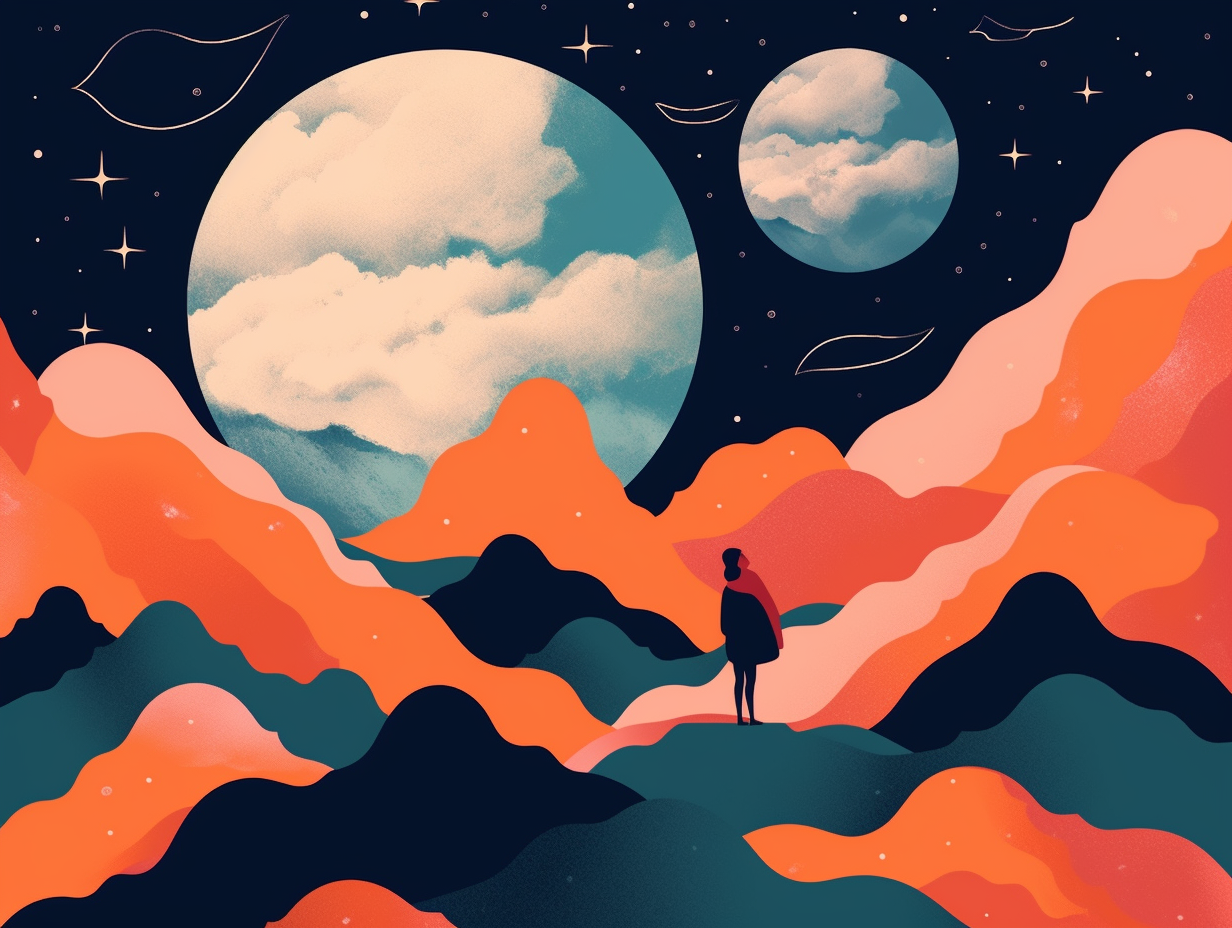
Did you know that bouncing on the moon's surface could be the key to maintaining bone and muscle health for astronauts? Discover how ESA's European Astronaut Centre made this out-of-this-world finding! 🌕💪
=> Fun Facts about The-Moon
3. Bewitched by Quarter Moons
Has your heart ever been set aflutter by a celestial tease flirting from afar? Perhaps a half-tantalizing, half-hidden visage, shyly revealing one half of a magnificent, full, glowing face? It might be a Quarter Moon that you've fallen in love with: During the First Quarter Moon, the Moon is one quarter of the way through its orbit around the Earth, while during the Third Quarter Moon, the Moon is three quarters of the way through its orbit. These deceptive yet alluring "wannabe" Half Moons, are in fact, the Quarter Moon phases, named after their position rather than their appearance.
Source => almanac.com
4. Lunar Peekaboo Schedule Shuffle
Why, it's like the Moon is playing a cosmic game of peekaboo with us, adjusting the timing of its phases to keep everyone on their toes: In actuality, the angle of the Moon's orbit relative to Earth's causes the phase cycle to shift from year to year, resulting in Full Moons occurring on different dates and varying durations of each Moon phase by up to several days.
Source => aa.usno.navy.mil

5. Full Moon Chaotic Myth Busting
Werewolves, crime sprees, and overflowing emergency rooms – it seems the full moon gets thrown under the lunar bus quite often for causing chaos on Earth! But let's not judge a celestial body by its illumination: The moon's phases actually have no significant effect on human or animal behavior, with the gravitational pull being too weak to make a notable difference. So, while the tides may rise with its presence, the notion of the full moon triggering wild behavior remains a myth, hilariously rooted in folklore rather than scientific fact.
Source => wtamu.edu
6. Earth Controls Tides, Not Moon
Rolling in the deep, but not with Adele: Earth's geography and shape have more influence on tides than the moon's gravitational pull, causing tides to vary drastically in height and timing worldwide due to factors like land masses and ocean depths.
Source => oceanservice.noaa.gov
7. A Werewolf's Calendar Collection
Moonwalk with me for a moment and ponder this lunar lunacy: while you may be aware of the moon's monthly "mood swings," did you know it's got more calendars than a forgetful werewolf at a stationery store? The serious reveal: Among the five types of lunar months, the popular synodic month lasts about 29.5 days, marking the time for our celestial buddy to cycle through its phases, while the sidereal, tropical, anomalistic, and draconic months vary due to the gravitational dance steps of the sun and planets!
Source => en.wikipedia.org
8. Women's Cosmic Cycle Connection
Ladies and lunar-tics, listen up: While some may jest "it's just a phase," there's actually scientific evidence to confirm that the moon has sway over your slumber and moods! A study published in Science Advances found that in certain moments of their lives, some women's menstrual cycles are synchronized with the moon's light and gravity cycles, signifying a cosmic connection between lunar forces and human biology.
Source => the-scientist.com
9. Trusty Lunar Timekeeper
Lunar lunacy: the Moon, that cow-jumping, green-cheese-loving satellite, has been our trusty timekeeper since days of yore; marking seasons and concocting tides through its 29.5-day cycle, with zero involvement in that pesky earthquake business.
Source => en.wikipedia.org

10. Moon-Inspired Magical Career
Ever felt like changing careers, abandoning your 9 to 5 trade, and embracing the simple life of a fence post rot-avoiding magician or a wooden shingle-whisperer? Well, we've got some mischievously moonlit tips for you: According to an age-old belief, fence posts should be set during the dark of the Moon to prevent rot, while cutting wooden shingles during this mystical lunar phase, ensures they lie flatter, all because the Moon is believed to govern moisture. Now that must be some powerful lunar umbrage!
Source => almanac.com
11. A Colorful "Blue Moon" Misnomer
It's not that "once in a Blue Moon" you need to repaint your Moon, folks!: Actually, a "Blue Moon" refers to the third Full Moon in a season with four Full Moons, though common usage today also includes the second Full Moon in a calendar month, showcasing how language evolves with popular understanding.
Source => astronomy.com
12. The Invisible Black Moon
The Great Blackout of the Universe, now featuring the moon: A Black Moon occurs when the moon's Earth-facing side is fully in shadow during a new moon phase, effectively making it invisible – unlike its cousin, the Blue Moon, which is the second full moon within a calendar month.
Source => space.com
13. Moon's Gravitational Impact on Life
When the moon says "Let's do the wave," the ocean can't help but obey, and even a few moody party animals fall in line: The lunar cycle's gravitational pull influences ocean tides and has caused several species to adapt their biological cycles, including tropical coral reproduction during full moons and midge emergence at neap tides. Additionally, studies suggest that human behavior may also be affected, with bipolar mood swings and sleep patterns possibly syncing with moon phases due to circadian rhythm disruptions and altered melatonin release.
Source => health.clevelandclinic.org
14. Cha-Cha & Babies' Births Moon Dance
When Mother Nature decides to do the cha-cha and the pressure is on, even expectant moms can't resist her rhythmic call: Studies suggest that changes in barometric pressure associated with incoming storms can contribute to the onset of labor, meaning the delivery room may get busier when the weather takes a turn for the wild side. However, with modern ultrasound dating limiting pregnancies to 41 weeks, we've got nature on a short leash with less howlin' babies at the moon.
Source => dukehealth.org
Related Fun Facts

